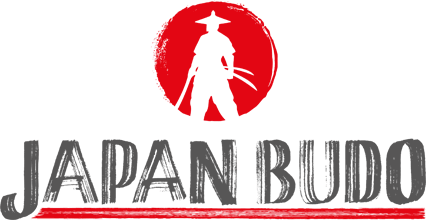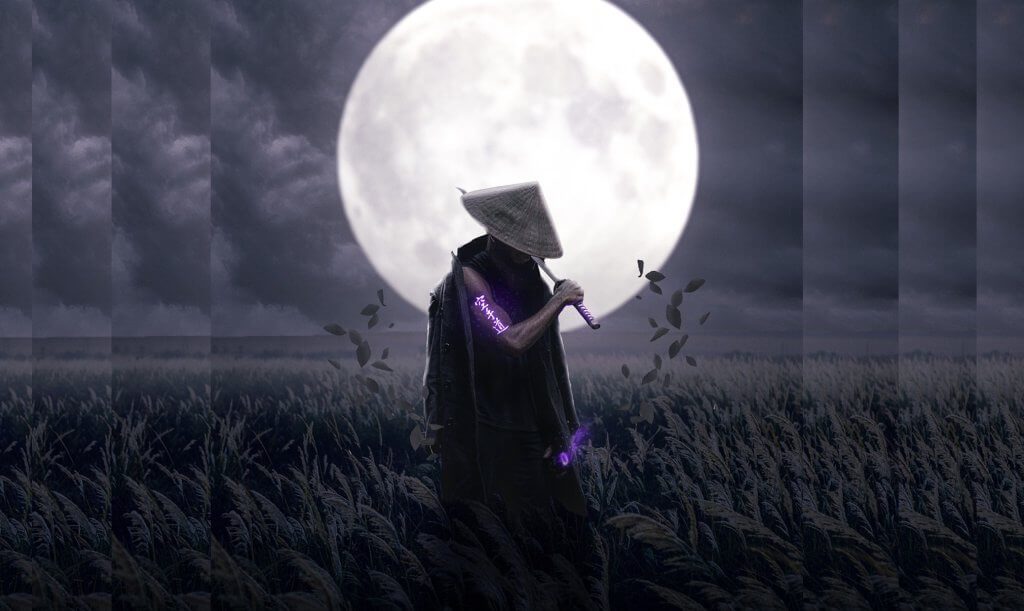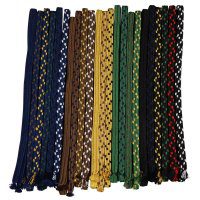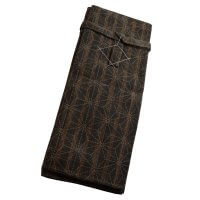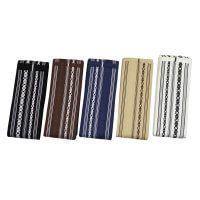Where did samurai swords come from?
Katana are known as THE sword of the samurai. But it was by no means the only one Sword of the Samurai.
The history of samurai swords begins in the 8th to 9th centuries. Prior to this, Japan was mainly dependent on the dominant power in the region, China. During this time, Japan freed itself from complete dependence and began to produce its own swords, among other things.
Previous swords were mainly imported from China and Korea. From then on, Japan developed its own swordsmithing culture.
As the samurai families gained influence in the country (more information on this in our Article about the history of the samurai), they adopted the sword style worn by the imperial guard at the time. These were single-edged, curved swords that were worn on the belt with the edge pointing downwards.
These swords are known today as samurai swords.
Why did samurai have special swords?
Samurai were warriors who dedicated their lives to fighting. Alongside many other weapons, swords were the weapon of choice for close combat.
The first samurai swords were designed to be used from horseback because that was the samurai's way of warfare at the time. Riders all over the world use "sabres" because they are ideal for use on horseback. In this respect, the choice of this sword is nothing surprising. Today, such swords are called tachi and could have blade lengths of more than 1 metre.
Over the centuries, swords have evolved and been adapted to the current circumstances of warfare. One aspect that is easy to notice is that the blades have become shorter over time.
As early as the 15th century, they were primarily designed for fighting on foot and had a blade length of approx. 70 cm. They were also carried with the cutting edge pointing upwards. This is the katana samurai sword we know today.
In which era did samurai swords exist?
It very much depends on the definition of what samurai swords are and were. The general type of sword with a single-edged, curved blade existed in Japan from the 8th to 9th century and the swords are still traditionally made today by the legendary swordsmiths of Japan.
However, samurai no longer exist today. The existence of the "samurai" social class ended in the middle of the 19th century. From this perspective, it could be argued that no real samurai swords have been made since the fall of the Tokugawa shogunate because the people who commissioned them are no longer samurai.
Even more strictly speaking, the term samurai (=servant) had a different usage for most of Japanese history than it has today. Samurai was actually a term used for subordinates of the imperial court. This is why the term appeared early on in Japanese literature.
Fighters tended to be referred to as bushi, which means warrior. The warriors were also summarised as buke, which was the group name for the noble elite warriors. Calling these warriors samurai was only established in the estate system of the Tokugawa shogunate from the 17th century onwards.
Strictly speaking, real samurai swords existed at the time of the Tokugawa shogunate (1602-1867), as the samurai were still called bushi before then and there were no samurai swords after the fall of the Tokugawa shogunate. Edo Shoguns there were no more samurai.
Are samurai swords the best swords in the world?
As it is a popular internet discussion whether samurai swords are the best swords in the world or not, we would like to say a few words about that as well.
Of course there are two camps of people, some are convinced that samurai swords are the best swords of all time, others are of the opinion that the swords are the worst swords of all. Arguments are usually presented in a shallow and one-sided way.
As an island nation, Japan is relatively isolated and was primarily dependent on China in early eras. It had to work with the resources that were available. In terms of blade production, this meant that the basic material was of lower quality than the material on the mainland.
The Japanese mastery of swordsmithing consisted of producing highly functional swords from this basic material and, as with all things in Japan, great importance was also attached to aesthetics.
In Europe, for example, swords were forged under different conditions and the result was swords with very sturdy blades. These were also necessary because the armour in Europe was very different to that in Japan, which also had to do with the availability of steel.
In terms of the aesthetics of the blades and mounting, Japanese swords are without equal. In other countries, other materials were available and the blades were more stable.
Everyone should decide for themselves what the best sword in the world really is. Basically, there is no right or wrong answer.
